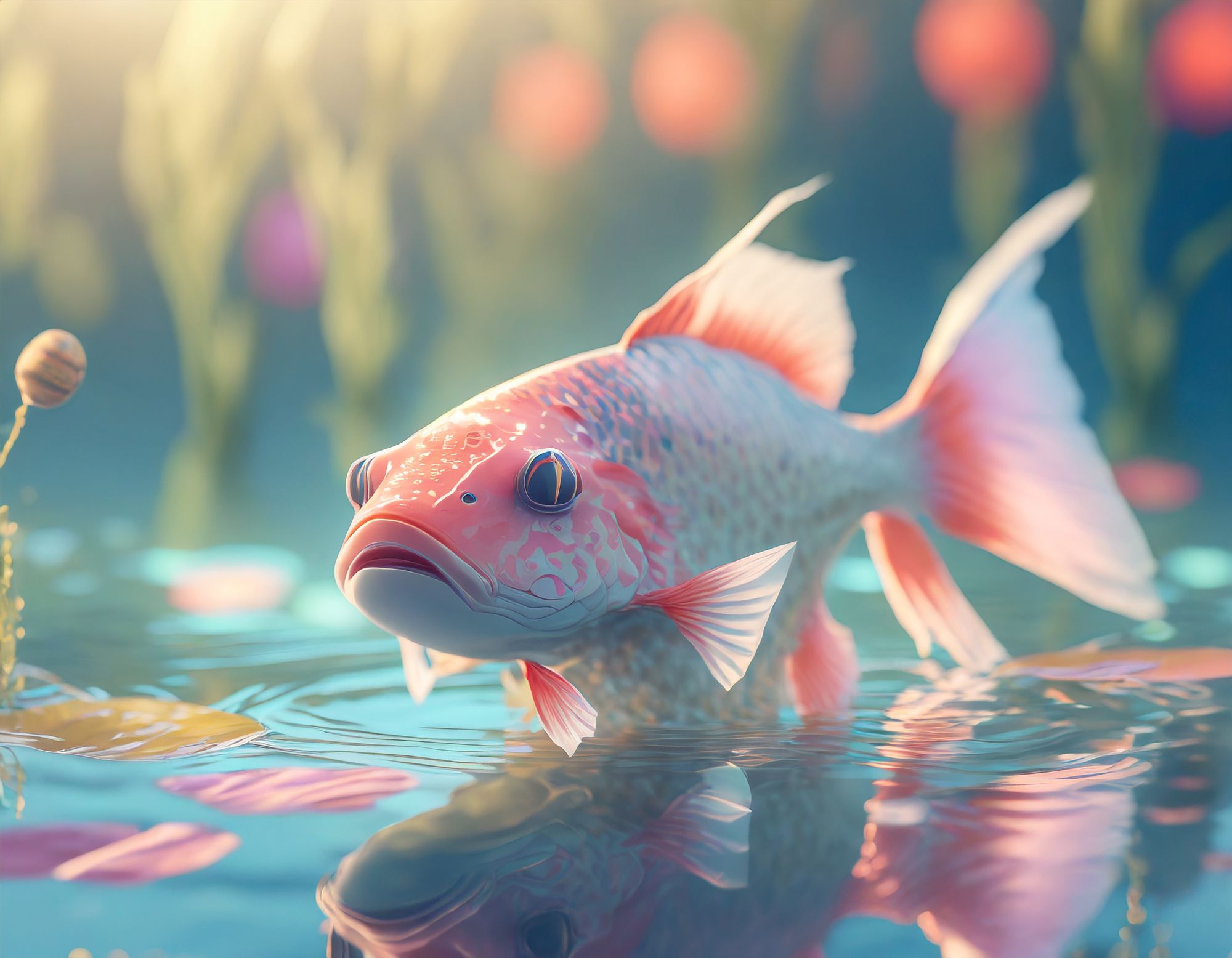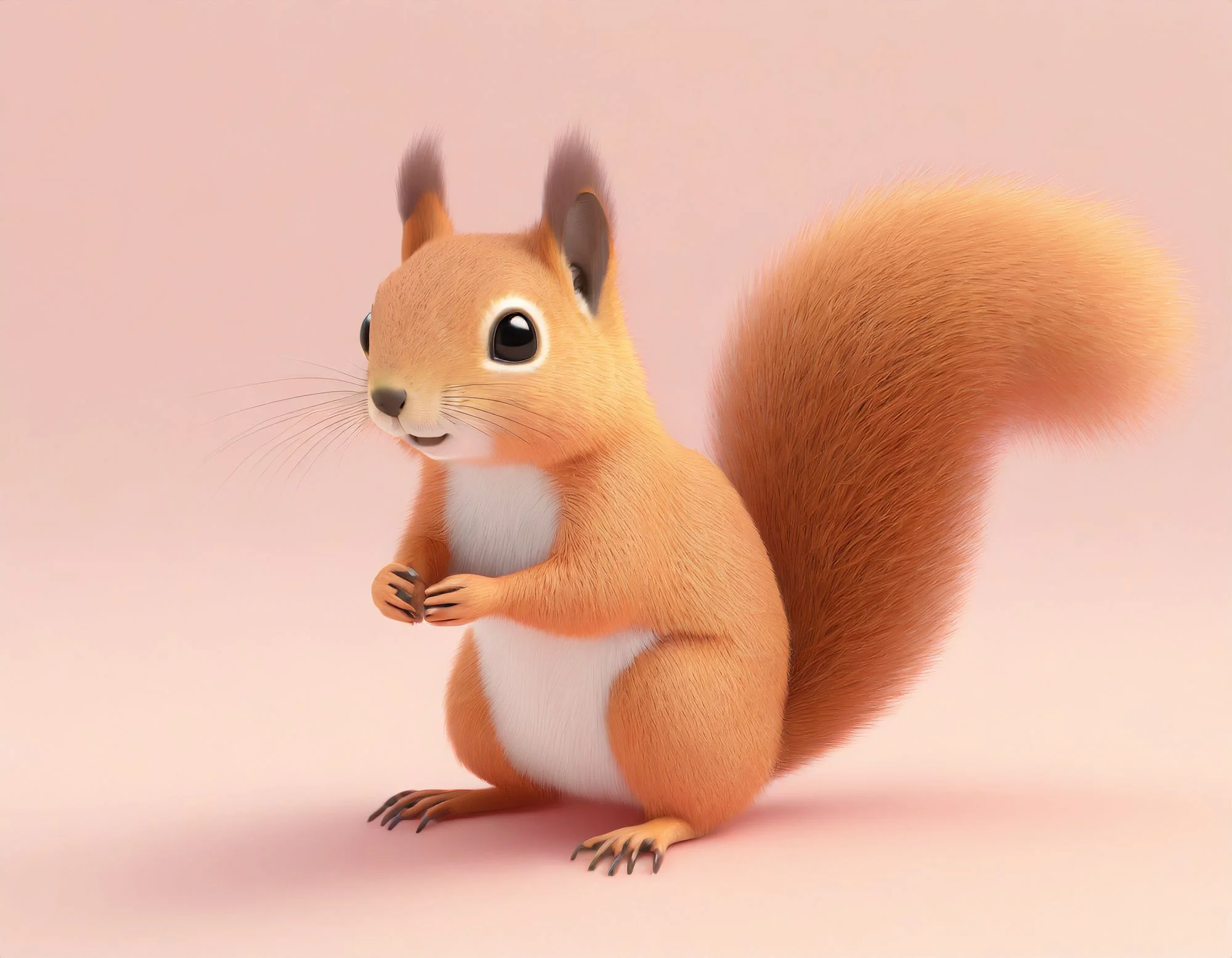Introducing children to the world of digital art is not just about fostering creativity; it’s also about igniting their imagination to create new styles and possibilities in the digital realm.
Nurturing Young Artists
Children today grow up in a digital world, making it essential to harness this environment to nurture their artistic talents.
Digital art platforms and tools designed for kids offer a playful space for creativity.
Exploration of New Mediums
With digital art, children can explore diverse mediums, from digital painting and 3D modeling to animation. This exposure allows them to experiment and develop their unique styles.
Encouraging Imagination

Digital art opens the door to endless sources of inspiration, from fantastical worlds and characters to imaginative storytelling. Children can harness these influences to create new and original styles.
Collaborative Learning
Encouraging children to collaborate on digital art projects fosters teamwork and the sharing of ideas.
It’s through collaboration that young artists can refine their styles and explore innovative techniques.
Unleashing Creative Potential
The benefits of introducing digital art to children go beyond just artistic expression.
- “Digital art empowers children to think creatively and problem-solve, skills that are invaluable in today’s fast-paced world.” – Emily Roberts, Art Educator
- Digital platforms enable children to connect with global art communities, gaining exposure to diverse styles and cultures.
- “By nurturing young artists in the digital realm, we empower them to become the future creators and innovators of the digital world.” – John Davis, Digital Art Enthusiast
In conclusion, bringing digital art closer to children is not just about fostering creativity; it’s about cultivating the next generation of digital artists who will shape new artistic styles and possibilities in the digital landscape.
Through nurturing their imaginative and artistic potential, we empower them to be the innovators of tomorrow.






